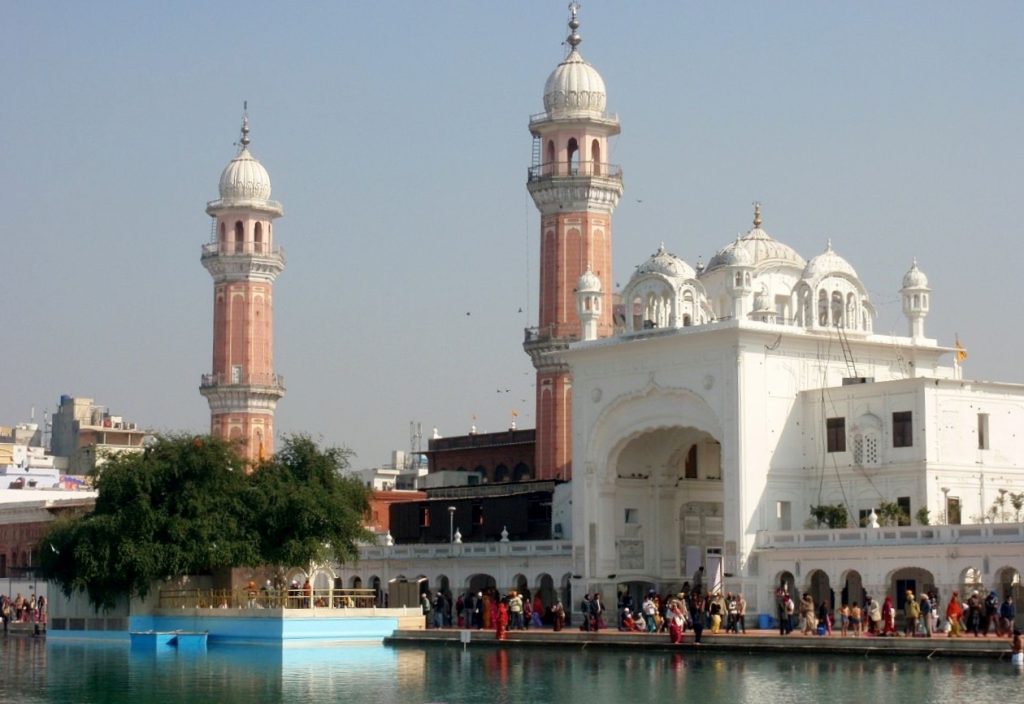ANAND, BABA, was the second son of Baba Mohri and a grandson of Guru Amar Das. He received his name from the Guru himself who also uttered a long hymn in Ramkali measure calling it Anandu. The hymn has since formed an important part of Sikh liturgy. Baba Anand lived up to the time of the Sixth Guru, Guru Hargobind (1595-1644), who held him in high esteem. He once sent messengers, with a palanquin, to escort Baba Anand to Kiratpur. The Guru himself came out to receive him as he arrived.
BUNGA: A place of residence for the Sikhs or the place for rest for the pilgrims. There were at least 69 Bungas at Amritsar in the nineteenth century, some of them are still in existence. Another term for the resting hostel for the Sikh pilgrims is Saran. At Darbar Sahib, Amritsar Guru Ram Das Saran has been built for the pilgrims. Another Saran at Darbar Sahib is named Guru Nanak Niwas. Lately, a paid hostel named Aka/ Rest House, too, has been built. There are Sarans attached to almost all of the major Gurdwaras.
Explore the musical significance of GHARU in the Guru Granth Sahib, highlighting its unique role in rdga variations and Indian musicology.
Explore the spiritual journey of Baba Harnam Singh, an ascetic saint from Punjab known for his piety, devotion, and profound influence until 1927.



